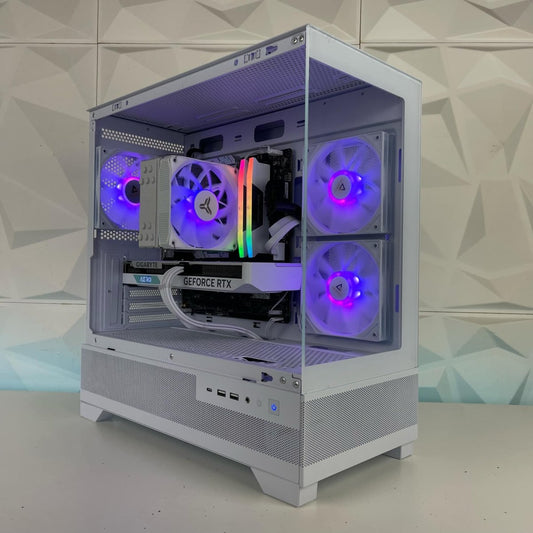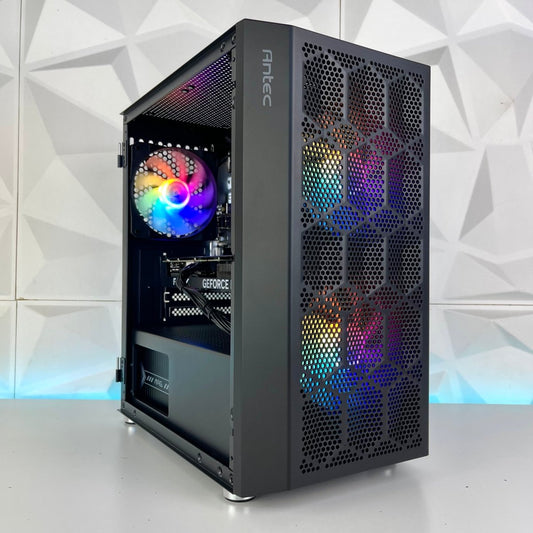Building your own gaming computer can be a rewarding and cost-effective way to get the performance you need for the latest games. Whether you're an experienced PC builder or a first-timer, this guide will walk you through each step of the process to ensure a smooth and successful build.
Step 1: Choose Your Components
The first step in building a gaming PC is to choose the components you'll need. This includes the CPU, motherboard, memory, graphics card, storage, and power supply. It's important to choose components that are compatible with each other and meet the requirements of the games you want to play.
Step 2: Install the CPU and Cooler
The CPU is the heart of your gaming PC, and it needs to be installed correctly to ensure optimal performance. Start by opening the CPU socket on the motherboard, then carefully insert the CPU and secure it in place. Finally, attach the CPU cooler according to the manufacturer's instructions.
Step 3: Install the Memory
Installing memory (RAM) is a simple process. Locate the memory slots on the motherboard, then insert the memory modules according to the orientation markings. Press firmly until the modules snap into place.
Step 4: Install the Motherboard
The motherboard is the backbone of your gaming PC, and it needs to be installed securely. Place the motherboard into the case and align the mounting holes. Use screws to secure the motherboard to the case, being careful not to overtighten.
Step 5: Install the Graphics Card
The graphics card is responsible for rendering the images on your screen, and it's a crucial component for gaming. Locate the PCIe slot on the motherboard and gently insert the graphics card into the slot until it clicks into place. Secure the graphics card to the case using screws.
Step 6: Install the Storage
Your gaming PC will need storage for your games and other files. Depending on your needs, you can choose between traditional hard drives or faster solid-state drives (SSDs). Connect the storage drive to the motherboard using a SATA cable, then attach the drive to the case using screws.
Step 7: Install the Power Supply
The power supply is responsible for providing power to all of the components in your gaming PC. Connect the power cables to the motherboard, graphics card, storage, and other components as needed. Finally, attach the power supply to the case using screws.
Step 8: Cable Management
Cable management is an important step to ensure good airflow and keep your gaming PC looking neat and tidy. Use cable ties and routing channels to organize cables and ensure they don't block airflow to the components.
Step 9: Power On and Install the Operating System
Once all of the components are installed and the cables are managed, it's time to power on your gaming PC for the first time. Insert the operating system installation media and follow the prompts to install the operating system. Finally, install the latest drivers for your components to ensure optimal performance.
Building a gaming PC can be a fun and rewarding experience. With this guide, you'll have everything you need to build a powerful gaming rig that's ready to tackle the latest games. At iGamingComputer, we're here to help you every step of the way, with a wide selection of components and expert advice to ensure your build is a success.




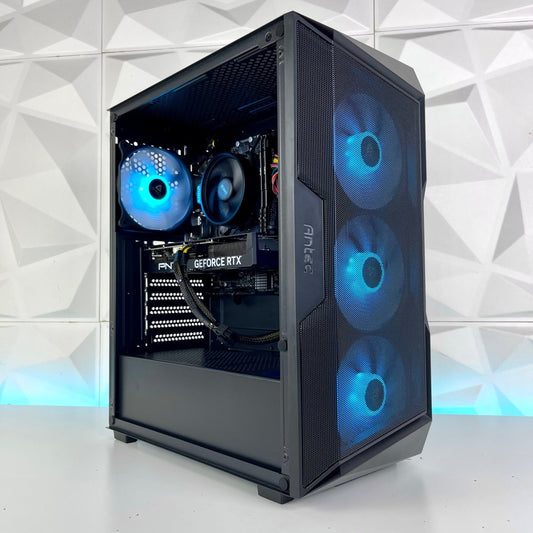

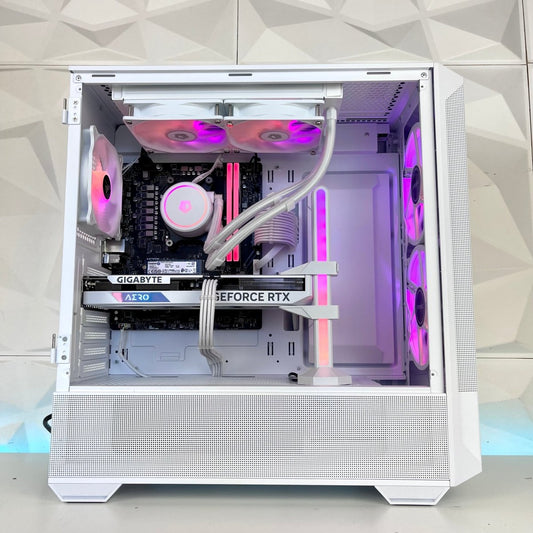
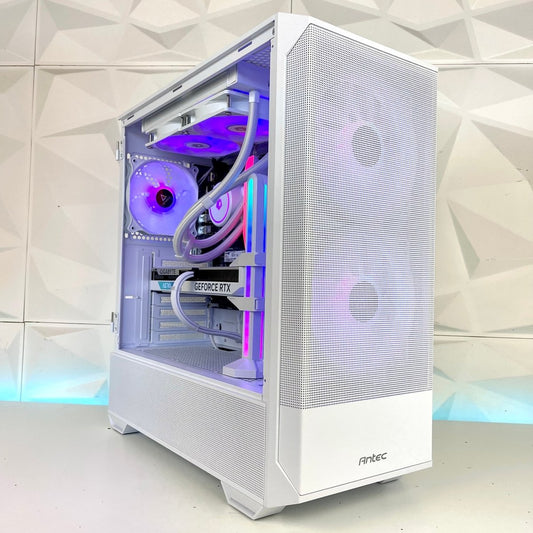
![[BIG SALE!] IGaming Intel Core i5/i7 | RTX 4060-4070 Ti | 32GB DDR5 AX61 Elite - I Gaming Computer | Australia Wide Shipping | Buy now, Pay Later with Afterpay, Klarna, Zip, Latitude & Paypal](http://igamingcomputer.com.au/cdn/shop/products/IMG_E7463_ca844690-2a85-4382-821c-ef9e1dd68d31-633823_533x.jpg?v=1695314890)
![[BIG SALE!] IGaming Intel Core i5/i7 | RTX 4060-4070 Ti | 32GB DDR5 AX61 Elite - I Gaming Computer | Australia Wide Shipping | Buy now, Pay Later with Afterpay, Klarna, Zip, Latitude & Paypal](http://igamingcomputer.com.au/cdn/shop/products/IMG_E7460_fd7e1823-83bc-4649-85f4-ca44c7b3c75d-208978_533x.jpg?v=1695314890)
![[Big Sale!] IGaming Ryzen 5 5500/5600 | RTX 4060-4070 Ti | AX61 Elite - I Gaming Computer | Australia Wide Shipping | Buy now, Pay Later with Afterpay, Klarna, Zip, Latitude & Paypal](http://igamingcomputer.com.au/cdn/shop/products/IMG_E7471-603152_533x.jpg?v=1695314886)
![[Big Sale!] IGaming Ryzen 5 5500/5600 | RTX 4060-4070 Ti | AX61 Elite - I Gaming Computer | Australia Wide Shipping | Buy now, Pay Later with Afterpay, Klarna, Zip, Latitude & Paypal](http://igamingcomputer.com.au/cdn/shop/products/IMG_E7454-442968_533x.jpg?v=1695314886)

